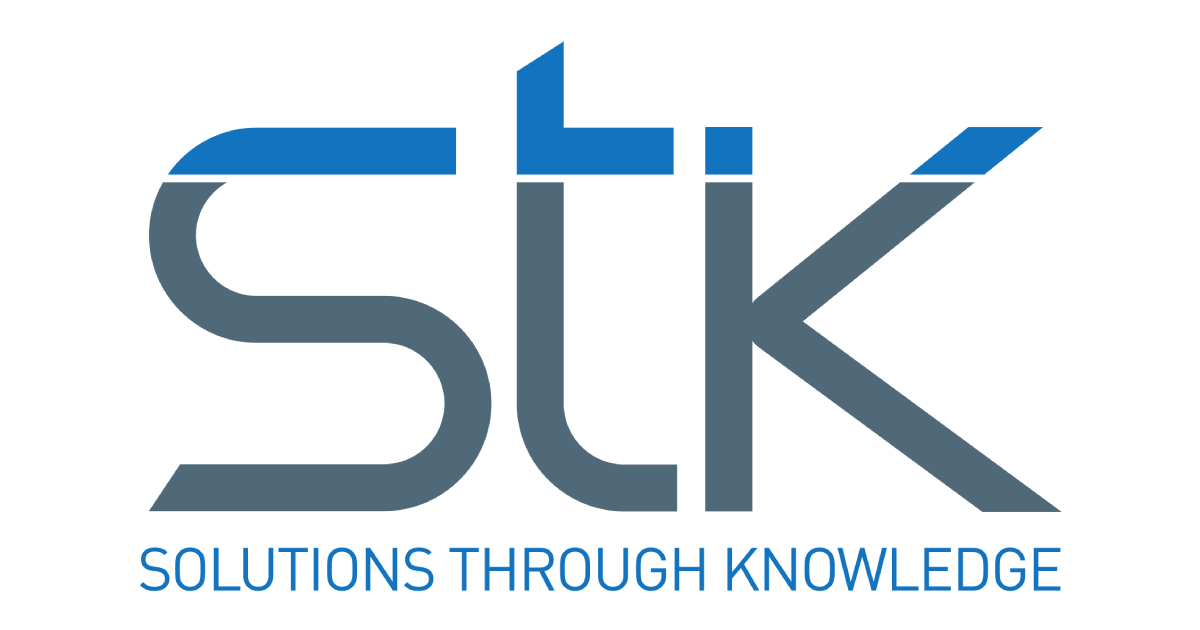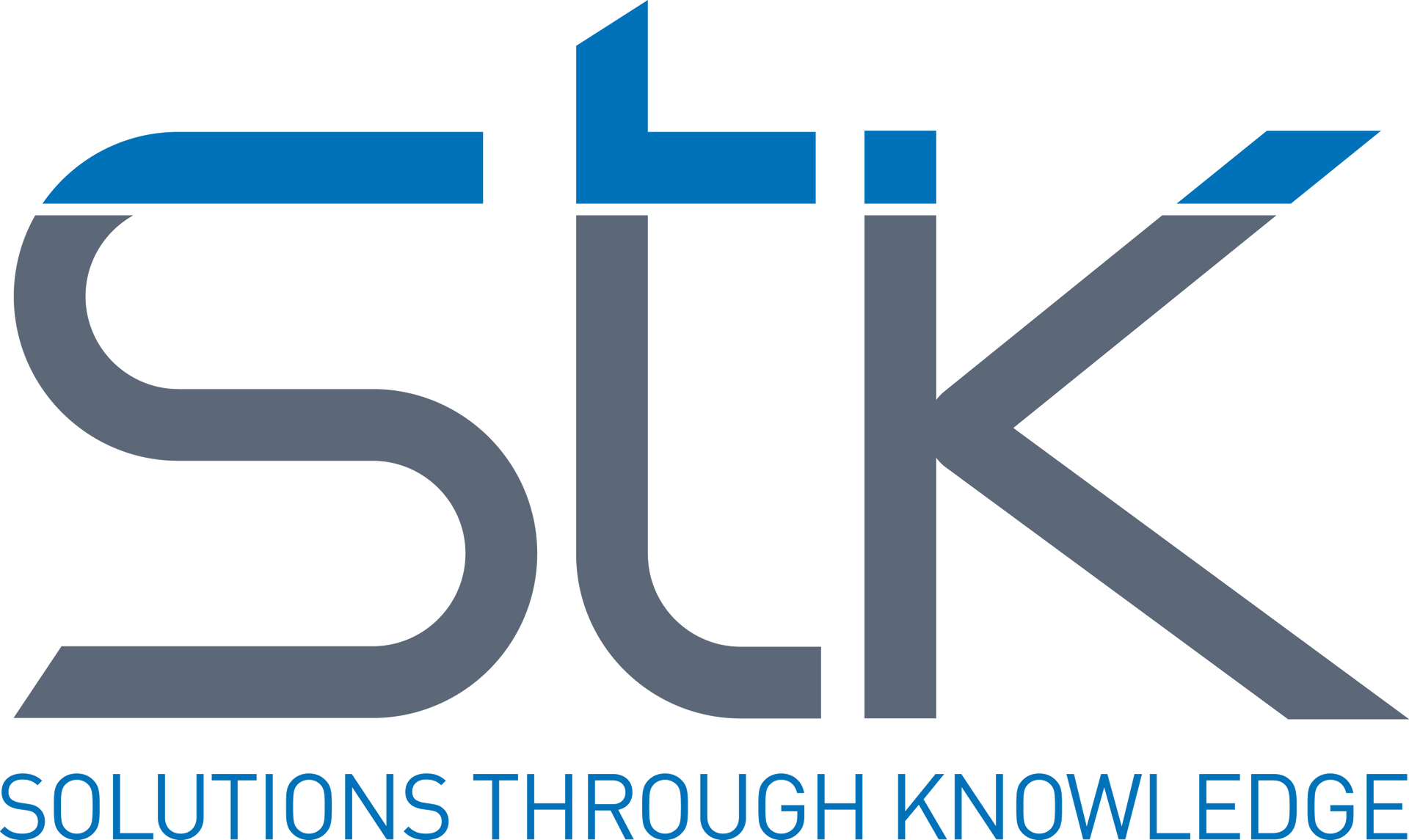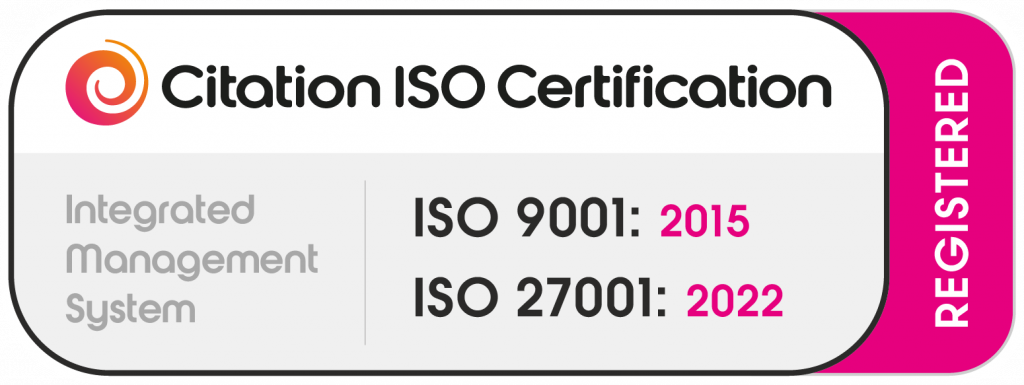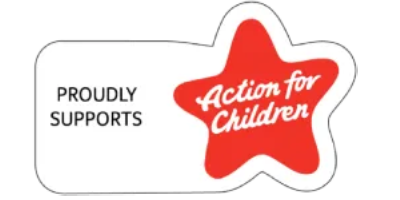SOLUTIONS THROUGH KNOWLEDGE
Blogs

Recruitment is an important process in any workforce, so there are a lot of misconceptions about the process among applicants. This article will debunk five common myths about recruitment and help make the process simpler and more transparent. Recruitment is the process of identifying job applicants and selecting them for employment in an organization. Any organization needs a recruitment process to ensure that potential new employees are a good fit. There are many myths associated with recruitment, particularly for those that have never gone through the process. Myths are unfounded beliefs or incorrect assumptions. It's important to distinguish between myths and facts in order to understand the recruitment process. This article will explore five of the most common myths related to recruitment and provide counterarguments to the myths. Myth 1: "Recruiters Only Care About Skills" This is false. While skills are important to recruiters, they also recognize other qualities that applicants possess that could be a benefit to their organization. A recruiter looks for a variety of different qualities in applicants, such as soft skills, cultural fit, attitude, aptitude, and interpersonal skills. All of these qualities can play a role in an applicant's success in a position. Recruiters often use behavioral profiling and psychological tests to assess an applicant's psychological qualities. They take all of these pieces of information into account when making a decision, rather than just focusing solely on the applicant's technical skills. Myth 2: "My CV will be rejected by a bot" In some cases, employers may use bots to sort through the vast array of applicants. This is typically done to quickly identify the most qualified applicants who meet the minimum requirements for the position. While bots can be used to narrow down the applicant pool, they should not be relied upon to make the final decision. It is ultimately up to the recruiter to pick the best candidate for the job. Applicants should still ensure that their CV is well-written and includes relevant skills, experience, and qualifications. This will ensure that your CV stands out from other applicants and has a better chance of being read by recruiters. Myth 3: "Contact the Hiring Manager Instead of the Recruiter" Many applicants think that if they contact the hiring manager directly, their resumes will be given more weight than those sent through the recruiter. However, this isn't the case. Recruiters are specifically trained to assess applicants and make decisions on who should move forward in the recruitment process. Applicants should always contact the recruiter first. If the recruiter wishes to forward the applicant's information to the hiring manager, they will do so on their own accord. Trying to contact the hiring manager directly may be off-putting and may lead to the applicant being overlooked. Myth 4: "Only Apply for Jobs You're 100% Qualified For" This myth is simply untrue. Many jobs require specialized skill sets that can only be obtained through experience. However, there are usually ways for applicants with limited experience to demonstrate their potential. Applicants should be open to applying for jobs even if they don't meet all of the qualifications, as long as they can demonstrate their potential. Applicants should also be open to learning new skills. It is often easier to learn a new skillset than to gain the experience for the position. Additionally, recruiters and hiring managers often appreciate applicants who are open to learning new skills and expanding their knowledge. Myth 5: "Negotiating is About Who Says the Number First" This is false as well. Negotiating is not about who says the number first, it is about creating an agreement that is fair to both parties. It is important for applicants to be realistic when negotiating a salary, as a salary that is too high may turn off recruiters and hiring managers. It is also important to be able to explain why you are worth a certain salary. Negotiating can be a difficult process, but working with a recruiter can make it much easier. Many recruiters are experienced in negotiating salaries and can provide applicants with helpful advice and support. It's important to remember that negotiation is a give-and-take process and that both parties must be willing to compromise to reach a fair agreement. Recruitment can be a confusing process, but with the right resources and by being aware of the myths associated with recruitment, applicants can be better prepared for the process. By understanding the five myths outlined in this article, applicants can avoid misinformation and misconceptions and have a smoother recruitment experience.

Finding the right job can sometimes feel daunting. But, with the right advice and the right tools, it doesn’t have to be. Read on for more information on matching your strengths to different roles and getting the best out of your career. A strengths assessment is a tool that helps you identify your strongest abilities, skills, and attributes. It’s used in workplace settings in order to determine which roles and roles each employee might be best suited for. By understanding your strengths, you can find the IT job that’s the best fit. So why should you match your strengths to jobs? Doing so ensures that you’ll enjoy what you do. It also increases the chances that you’ll do well in your chosen role, since it allows you to use your natural strengths in a way that benefits your employer. Additionally, matching your strengths to IT jobs can lead to increased job satisfaction and greater job security. Identifying Your Strengths The first step in matching your strengths to jobs is to identify those strengths. You can do this by taking a strengths assessment, conducting a self-assessment, and talking to other people who can offer their insights. If you’re taking a strengths assessment, it’s important that you answer truthfully and honestly. This will help to ensure that the results are accurate and that you’ll be able to find the best job for you. If you’d like to conduct your own self-assessment, it’s important to be honest with yourself. Ask yourself questions like, “What am I good at? What do I enjoy? What tasks am I usually assigned to in the workplace?” and take note of the answers. Answering these questions can help you to uncover your strengths. Talking to other people can also help you to identify your strengths. They can offer valuable insight into your skillset. So, if you’re unsure of your strengths, don’t be afraid to ask for input. Analysing Job Postings The next step in matching your strengths to jobs is to analyse job postings. It’s important to read each job description carefully in order to ensure that you have the necessary skills and qualifications for the job. Make note of any required skills and qualifications and determine whether or not you possess them. When researching a potential job, it’s also important to do your research on the company. Find out as much as you can about their mission, values, corporate culture, and employment policies. This way, you’ll better understand what the company is looking for and whether or not you have the skills and experience to do the job successfully. Applying to Jobs When applying to jobs, it’s important to tailor your cover letter and CV to the specific role. This way, you can highlight your strengths and demonstrate why you’d be the best choice for the job. When writing your cover letter, focus on the skills and qualifications that the job posting has asked for as well as the strengths that you identified in yourself. Explain how you possess those skills and why you’d be the best choice for the job. The same goes for your CV. List your skills, qualifications, and experience in a way that prominently displays your strong points. This will make you stand out to potential employers and increase your chances of landing the job. Utilizing Your Strengths for Professional Development Once you’ve matched your strengths to a job, it’s important to focus on professional development. This will help you to grow in your field and open new opportunities for advancement. In order to achieve professional development goals, it’s important to set goals. Think about what you’d like to accomplish and develop a timeline and plan for achieving it. Additionally, it’s important to take advantage of professional development opportunities offered by your employer or other organizations. This can help you to stay up to date with the latest trends in your field and give you valuable experience. To summarize, matching your strengths to jobs can be a great way to ensure that you’ll be successful in a role, increase job satisfaction, and grow professionally. By taking a strengths assessment, conducting a self-assessment, and analysing job postings, you can find an IT job that’s the best fit for you. Additionally, make sure to tailor your CV and cover letter to the role in order to highlight your strongest points and increase your chances of landing the job. Finally, focus on professional development and set goals to help you stay on track.

Interviews are a necessary part of the job search process. They are a way for employers to assess your knowledge, skills and personality to determine if you will be a good fit for the position. Preparation for the job interview is key, as this really puts the power in your hands to make the best impression. A job interview is an opportunity to explain why you’re the right fit for the job. The interviewer will ask questions to get to know you better and to understand why you’re the right candidate. The interview process is also designed to assess your skills, strengths, weaknesses, and background. Job interviews also allow employers to determine if you’re the perfect fit for the job and to evaluate if you can add value to the company. Whether you have been invited to an in-person interview or an online interview, the tips outlined in this article will help you make the best impression. Research Before attending a job interview, it is important to research the company history and job description. Take the time to learn as much as you can about the company, its values, job description and corporate culture. Knowing the background of the company puts you in the best position to answer any questions related to the job. It also allows you to show potential employers that you have done your due diligence. It is also a good idea to review any relevant information to the job position you are applying for. Make sure to note any key points or accomplishments that relate to the job so you can mention them in the interview. Look at the job description and be prepared to explain why you are the perfect fit for the job and how you plan to contribute to the company. Preparation Once you have done your research, it is time to begin preparing for the interview. The most important aspect of interview preparation is making sure you are dressed for success. You should dress in a professional manner and make sure that your clothes are clean and neatly pressed. Avoid wearing clothes that are too loud and distracting. It is also important to arrive early for the interview. Plan your arrival time and plan your route so you know exactly how long it takes to get to the interview. Make sure to leave enough time for any possible traffic or other unexpected delays. It is also a good idea to bring along your resume and any other necessary documents In addition to dressing appropriately, it is important to prepare answers to common questions. Practice your answers to common interview questions and prepare stories to illustrate your skills and experience. It is also useful to review your notes before the interview to make sure you stay focused. During The Interview It is important to make a good first impression once you arrive at the interview. Make sure to greet the interviewer with a smile and make eye contact. A firm handshake is also a sign of professionalism and respect. Once the interview begins, it is important to listen carefully to the interviewer’s questions and ask for clarification if needed. During the interview, it is important to communicate clearly and effectively. Always answer questions honestly and don’t be afraid to ask questions. The interviewer cannot answer questions they don’t know about, so it is important to be vocal and ask questions to get more information. After The Interview After the interview, it is important to follow up with the interviewers. You should thank them for their time and send a thank you note. It is also a good idea to connect with the interviewer on social media to stay connected and to further strengthen your relationship. Preparing for a job interview can be a daunting task, but with the right approach, you can make a great impression in the interview process. It is important to research the company history, job description, and corporate culture. You should also dress appropriately and prepare answers to common questions. During the interview, you should make sure to listen carefully and communicate effectively. Once the interview is over, be sure to follow up with the interviewer. By taking the time to prepare for your job interview, you can increase your chances of success and ace your next job interview.





